If you take awards seriously (which of course you shouldn’t) you could argue that Rebecca Saunders is now Britain’s most important living composer. Last week she won music’s Nobel, the Ernst von Siemens prize. €250,000. And its record is pretty good — if you ignore 1974 (Britten) and 1987 (Bernstein).
There are many reasons to love Saunders. Her post-concert talk was terrifically cheering. Explaining why she rarely writes vocal compositions, she told us blithely that it was because she ‘didn’t have anything to say’: ‘I don’t want my works to mean anything.’ Quite right. Meaning should be to music what shame is to Theresa May. A distant and hazy thing. At the South Bank’s slightly basic festival of new music, SoundState, those composers who had lots to say ended up saying very, very little — and vice versa.
Saunders is a perfect example. She is a kind of musical Sarah Kane, full of threat and thuggery. Rottweilery double basses, piano parts that deserve Asbos, a percussion section trained to slit throats. Her programme notes — seemingly sober and cerebral, line after icy line of dictionary definitions — read like autopsies. And all this visceral intensity springs from the most nerdy, abstract manipulations of timbre.
We don’t get to hear her work often in Britain. As with so many of the best British composers, her voice — like Kane’s — finds more sympathy on the continent (she lives in Berlin). It was a German outfit, Ensemble Modern, which gave last Saturday’s portrait concert. And on the evidence of the three works it performed, she deserves every cent of that prize.
Her 2016 masterpiece Skin, for solo voice and chamber ensemble, is an encyclopedia of speech that isn’t quite speech. Speech that is mumbled in fear, inhaled backwards, gasped in excitement (Molly Bloom’s orgasmic monologue is quoted), whispered as gossip under the breath. Hemming in the soprano Juliet Fraser is a musical skin of swipes and smears and smudges, sprung tautness evoked through bowed polystyrene, juddered accordion and the ticks of something about to snap. Mid-performance, a hand grabs at Fraser’s mouth, clasps it violently shut, as if it’s about to drag the soprano off stage. Only after a second do you realise it’s Fraser’s own.
Saunders’s Fury II (2009), which opened the night, was shorter but no less brutish and thrilling, a bullying double bass and his five ensemble accomplices ganging up on no one in particular for 15 violent minutes. Even in a piece as subtle as a visible trace (2006), the musical frustrations frequently translate into red-faced eruptions.
Fellow British exile James Dillon used to have an explosive streak. He’s mellowed. His chamber work Tanz/haus: triptych (2017) is reminiscent of all his most recent sorcery, the work oscillating between cokey prattle and ravishing spacey psychedelic passages, emerging from great clouds of trills and washes of electric guitar. The work ended a mixed-bag London Sinfonietta gig that included Balloon, a new piece by the young composer Oliver Leith, who specialises in gorgeous Schubertian sad-boy lyricism. This being 2019, everything is out of tune, deliberately, microtonally misaligned, transforming the Sinfonietta into a huggable bunch of amateurs, vulnerable, lost, sawing through their weepy music with noses in scores.
A lazy curatorial streak revealed itself in the wider programming — composers grouped by age or because they were from lots of different countries. An afternoon Ensemble Modern concert, an international showcase, was fascinating for all the wrong reasons, save the fiery Kesik (2010) by Turkish composer Zeynap Gedizlioglu that featured an oboeist going rogue. Fascinating for exposing how like Ikea contemporary music has become. We were being served Big Macs from Iran alongside Big Macs from Slovenia and Germany and expected to be impressed by the global scope.
But London being London, you didn’t have to go far to get a real sense of the state of sound today. On Friday alone you could catch new-ager Laraaji at the Serpentine Gallery, Cosey Fanni Tutti at the ICA or the rich, resurgent world of English experimentalism at Cafe Oto, where Apartment House was delivering a glorious 80th birthday concert for one of the unsung heroes of British music, Michael Parsons. What variety! From serialism and chance experiments to lyricism and minimalism. Pianist Philip Thomas offered up a series of Parsons’ Oblique Pieces, where diverse material is viewed at queer angles and within odd frames, as if holes had been punched into the score. Sometimes you just catch a musical edge or a corner, or glimpse something through a crack.
Birthday presents too. Alluring new works from a younger generation of experimentalists. John Lely’s Meander Section — written for a reed organ that broke the morning of the concert so we heard it on string quartet — was a ravishing fog of wheezy golden sound, wheaty and English. Then came a remarkable, unsettling gem from the usually sunny Laurence Crane, the world première of Piano Quintet No 2. Following a broad, drunken opening, the strings enter a hypnotised state. Hung over, perhaps, they stagger round. Suddenly, in a brain-melting act of oddness, the piano waddles in with a quiet oom-pah, all the more weird and sinister for being so polite. On and on it goes, a concussed quartet policed by a strutting piano, the two beasts circling each other. Deadlock. Limbo. Destination unknown.
Got something to add? Join the discussion and comment below.
Get 10 issues for just $10
Subscribe to The Spectator Australia today for the next 10 magazine issues, plus full online access, for just $10.
You might disagree with half of it, but you’ll enjoy reading all of it. Try your first month for free, then just $2 a week for the remainder of your first year.


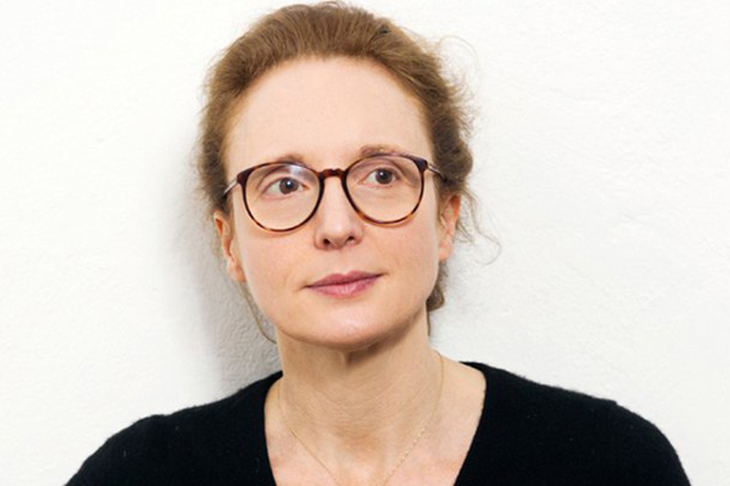

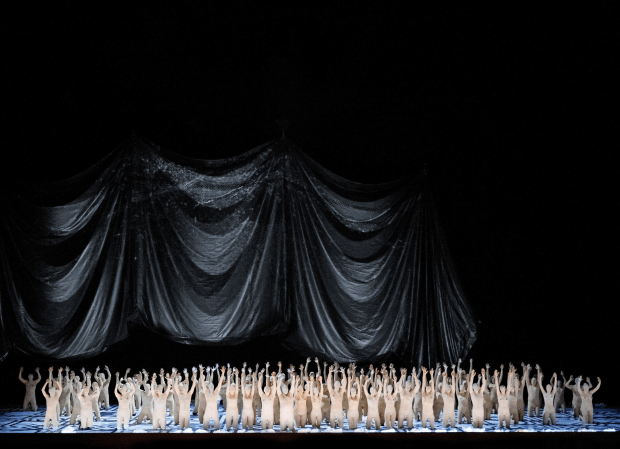
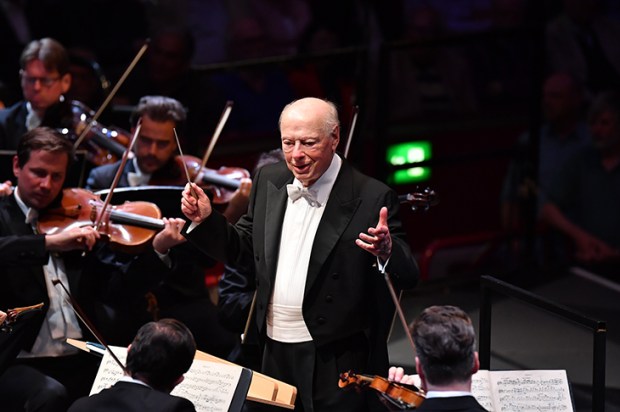
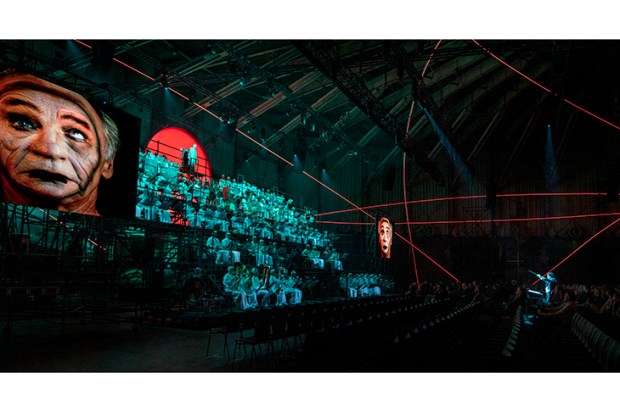
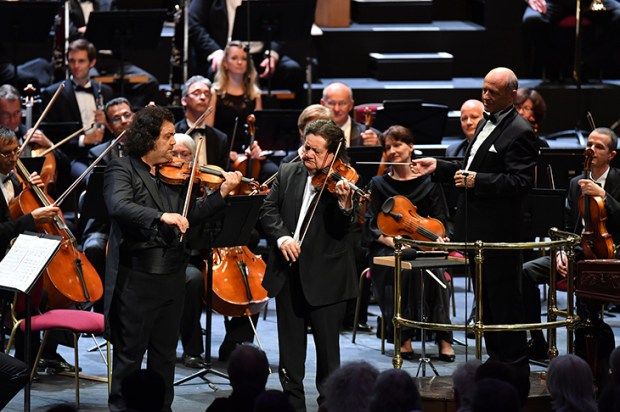
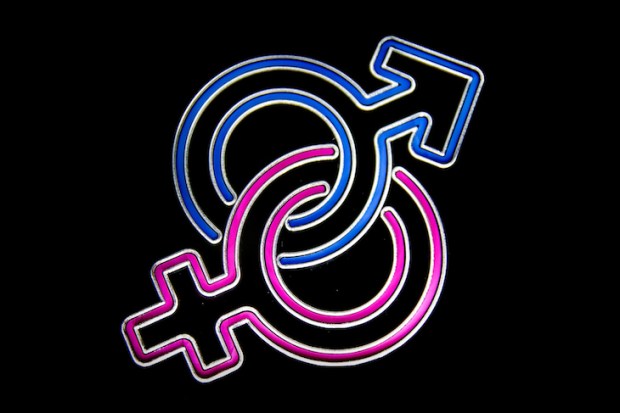






Comments
Don't miss out
Join the conversation with other Spectator Australia readers. Subscribe to leave a comment.
SUBSCRIBEAlready a subscriber? Log in